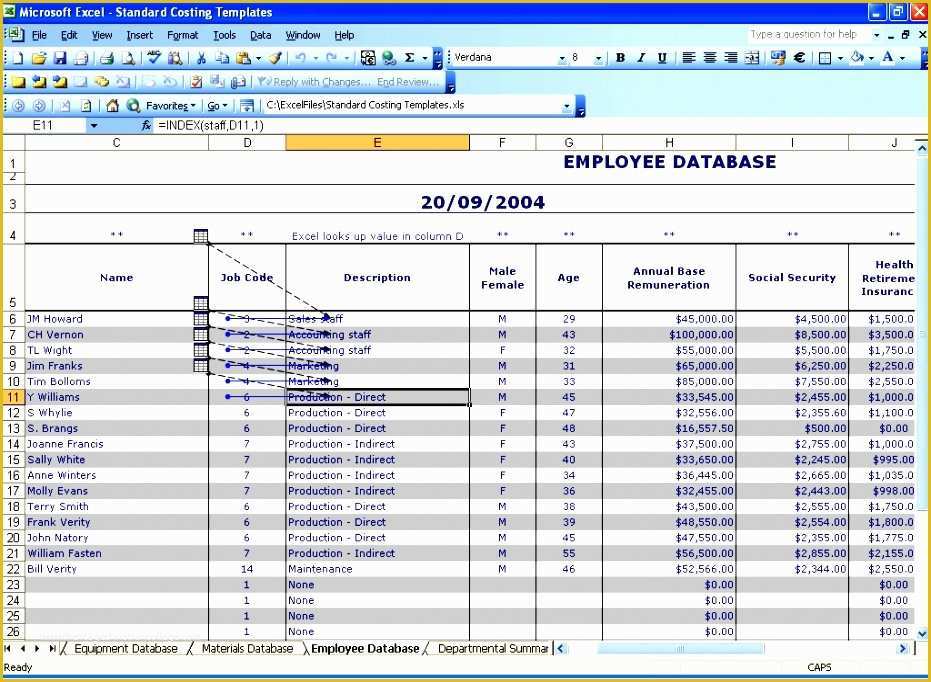
You’ll learn more about sharing Access with groups of people in Part 6. Amazingly, they don’t even need to know they’re running Access at all! In fact, if the database is well designed, people who have little understanding of Access can still use it to enter, update, and look up information. If task #1 ( creating the database) is done well, task #2 (using the database) can be extremely easy. Warehouse staff can make sure stock levels are OK (again, task #2), and the resident accountant can keep an eye on total sales (task #2). The sales department can then use the database to enter new orders (task #2), while other employees look up orders and fill them (also task #2). In fact, in the business world, different people often work separately on these two tasks.įor example, a summer student whiz-kid at a beer store may build a database for tracking orders (task #1). You’ll then be ready to tackle the fine art of database design, which is covered in detail throughout this book.įREQUENTLY ASKED QUESTION: Using Someone Else’s DatabaseĬan I use an Access database I didn’t design?Īlthough every database follows the same two-step process: first somebody creates it and then people fill it with information, the same person doesn’t need to perform both jobs. Along the way, you’ll get acquainted with the slick Access user interface, and you’ll learn exactly what you can store in a database. In this chapter, you’ll conquer any Access resistance you have, and learn to create a simple but functional database. All of this setup takes effort and a good understanding of how databases work. And even after you’ve defined that structure, you’ll probably want to spend more time creating other useful tools, like handy search routines and friendly forms that you can use to simplify data lookup and data entry.

Before you can enter a stitch of information into an Access database, you need to create that database’s structure. Or you can start Excel, and launch right into a financial report. For example, you can fire up Word, and start typing a letter straight away. Quite simply, databases need strict rules. They’re probably right.Īccess seems more daunting than any other Office program because of the way that databases work.

Even though Microsoft has spent millions of dollars making Access easier to use, most people still see it as the most complicated Office program on the block. Although Microsoft won’t admit it, Access can be intimidating-intimidating enough to trigger a cold sweat in the most confident office worker.


 0 kommentar(er)
0 kommentar(er)
